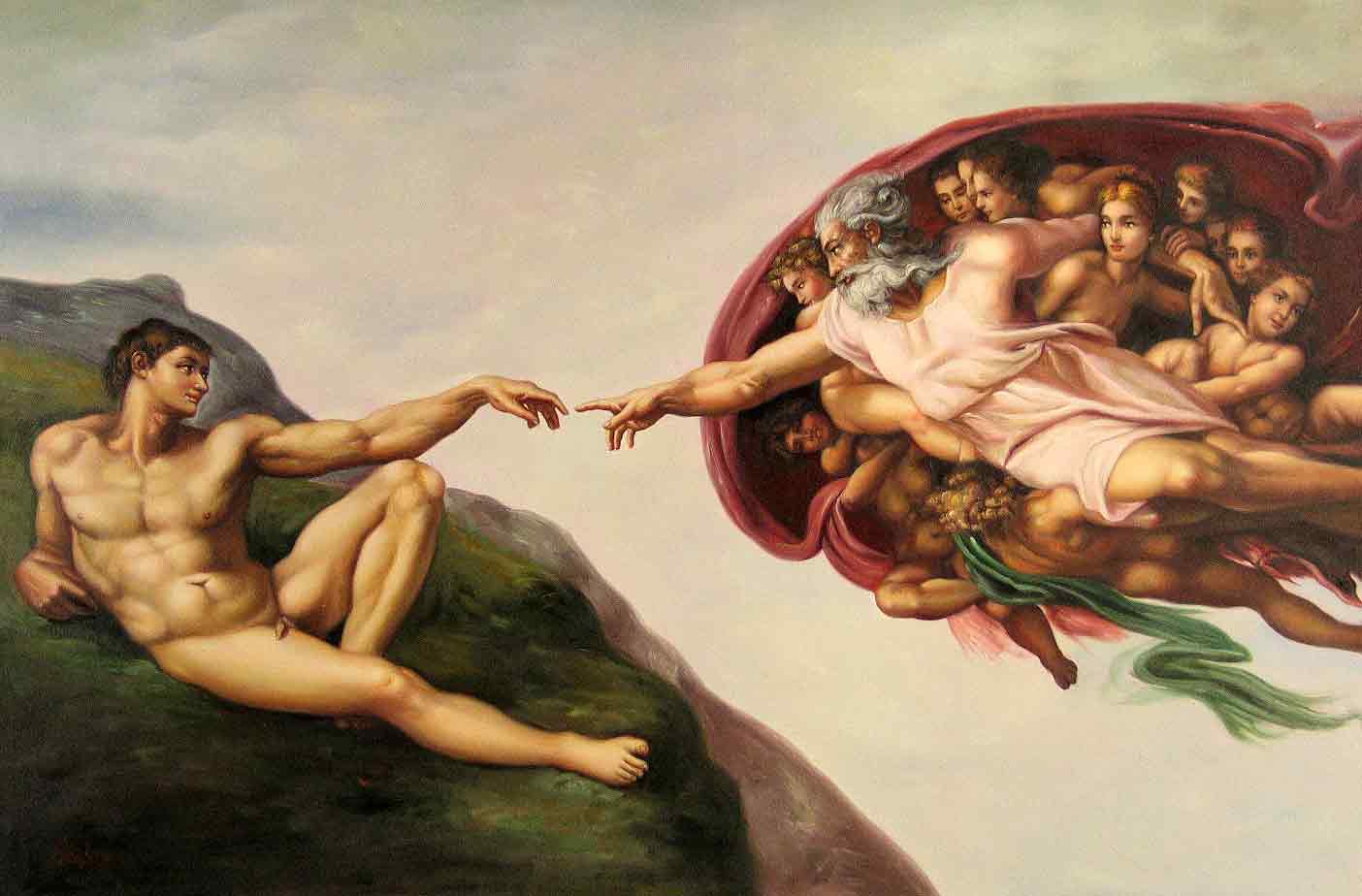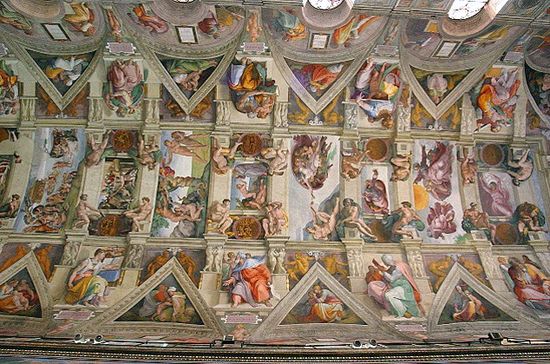Cards In This Set
| Front | Back |
 |
Rhineland (Germany), The Visitation, ca. 1310, St. Katherinenthal Monastery
encourage the nuns in the monastery to self identify with the joys and the sufferings of the virgin. |
 |
Rhineland (Germany), Roettgen Pietà, ca. 1300, painted and gilded wood
Significance: Whereas others are highly dramatic and raw and brutal and violent. They promote prayer but in a different way. This figure reminds us of the pain and raw suffering of Christ and tells us to pray because of that. |
|
Female
|
France, Psalter and Hours of Bonne of Luxembourg: Sidewound of Christ, ca. 1340, tempera and
gold leaf on vellum
Very abstracted image of christs wound. Supposed to draw the viewer into the wound of Christ. You are pulled into that dark wound. It is both naturalistic in the sense that it represents a cut in human flesh. But it is also rather abstract. That flesh wound is given a highly artificial design. |
|
|
Italy, Palazzo della Signoria, Florence, 1299-1314, stone and brick. Signs of civic pride and power and tools of military defense.
|
 |
*Duccio, Maestà (Virgin and Child Enthroned with Saints), 1308-11, oil on panel, altarpiece in the
Siena cathedral, tempera and gold on panel (p. 401-02 in textbook)
Early example of art in which the most important figures are the largest. |
 |
*Lorenzetti, Allegory of Good Government, ca. 1338, fresco in the Palazzo Pubblico,
Siena ) (pp. 408-10 in textbook)
Very allegoric obviously. Showing what happens when the different types of government rules. This is a large piece and really surrounds the viewer. |
 |
Brunelleschi, Dome of the Cathedral of Florence, 1420-36, stone and brick
Significance: great dome built relatively quickly. Double walled techniqued. Special scaffolding. Symbol of Italian might. Draws on the Pantheon in Rome. Renaissance in spirit. |
 |
Lorenzetti, Allegory of Bad Government, ca. 1338, fresco in the Palazzo Pubblico, Siena
Symbols of the gravest of sins surrounding the ruler - pictured as the devil. |
 |
*Masaccio, Holy Trinity, 1425, fresco in the Church of Santa Maria Novella, Florence
Really shows the working with depth. The importance of the figures is not given by their size but by how high up they are. The patrons are nearest but lowest. |
 |
*Donatello, Equestrian Monument to Gattamelata, 1445-50, bronze
Significance. signed by donatello, promoting the importance of the artist in this very public space. Statue itselfi s massive and in the middle of an important part of city. Not beautiful but certainly powerful. Major statement of the man’s wealth and power. Symbol of power of patrons and of the artist. Basically bought himself a place in art history and history in general |
 |
*Leonardo, Mona Lisa, 1503-06, oil on panel
Significance: worked on it for a long time in his life. she is made of shapes. ovals. And there is awesome sfumato or creation of a smoky mist looking like atomsphere. Intimate and complex encounter between the artist and his subject. This is a newly personal form of art. Individual temperament and subjectivity are a focus. |
 |
*Michelangelo, David, 1501-03, marble
Impressive statue. Interesting that he is pictured not during the fight with Goliath but before with a contemplating look. He has been caught in a moment of thought. but not the famous moment of action. |
 |
*Michelangelo, The Creation of Adam, 1508-12, fresco in the Sistine Chapel, the Vatican, Rome
(you should also be able to recognize the Sistine ceiling frescoes overall – see your book)
The touching with the finger with the spark of life is awesome. Rather than giving a breath. Arts relationship between the human and the divine. Art can try to express this relationship between the two. This relationship is given quite literal form in the creation of adam. Heroic massive muscular adam who is dependent on gods will for life. There is a remarkable cleave here between the human and the divine. Tension between them. Fingers almost but not quite touching. |
 |
Michelangelo, The Sistene Chapel, 1508-1512
|
 |
Van Eyck, The Arnolfini Wedding (Giovanni Arnolfini and Giovanna Cenami), 1434, oil on panel
The Arnolfini Wedding includes a mirror in the wedding to emblematize this mirror thing |



